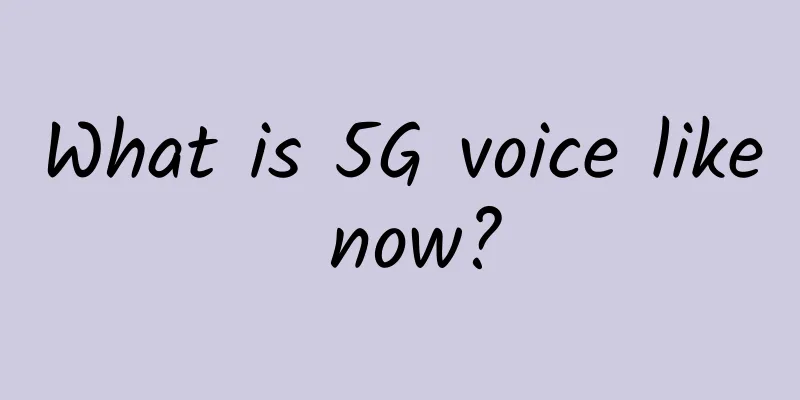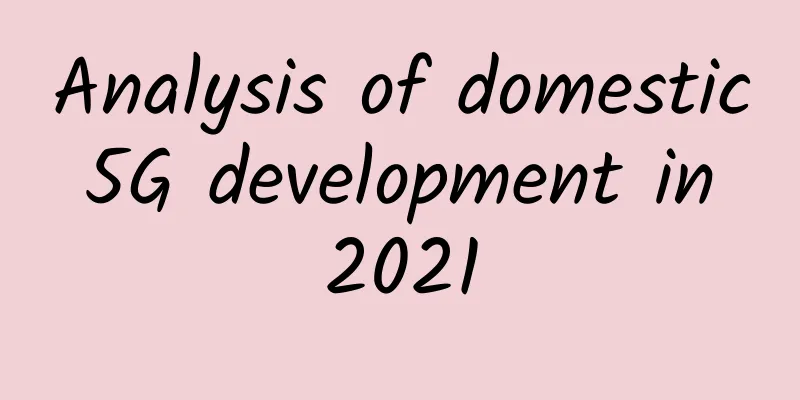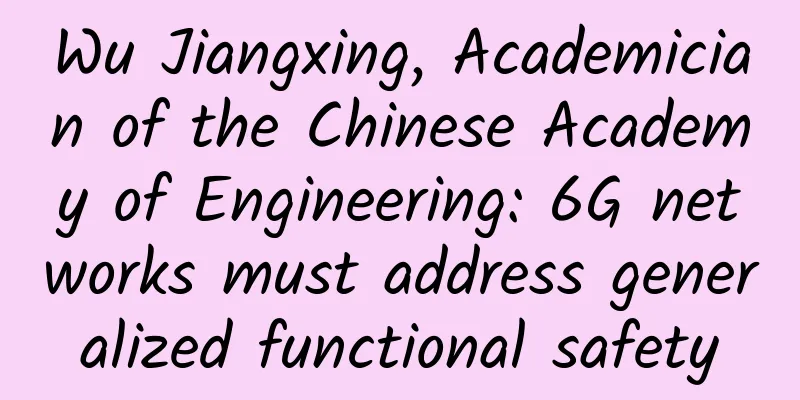What is 5G voice like now?

|
In the 5G era, real-time communication is still an indispensable basic business capability. 5G has entered the accelerated development stage from the infrastructure construction stage, so what is the current situation of 5G voice? Under the 5G SA architecture, the 5G voice solution includes three stages :
01EPS Fallback Voice SolutionAfter 5G construction develops to SA architecture, 5GC has been deployed, and NR hotspot coverage is available, in order to avoid frequent switching between 4G/5G, it is recommended to adopt the EPS Fallback voice solution. IMS software upgrade supports NR access. NR is triggered when creating media streams, and voice falls back to VoLTE. EPS Fallback is a voice transition solution for base station hotspot coverage in the early stage of 5G deployment, which is designed to avoid voice interruptions caused by frequent switching and affect user experience. 02VoNR Voice SolutionAs 5G NR coverage gradually expands to continuous coverage, voice is carried on NR and the VoNR voice solution is adopted. NR supports audio and video, and media streams can be directly created under NR coverage, and edge switching to VoLTE does not interrupt calls. VoNR will be used after 5G is deployed on a large scale. It has the advantages of short call establishment time, good user experience, easy to understand and use, and cost-effectiveness.
03VoNR+ Voice SolutionAs the global 5G development enters an accelerated period, 5G NR is gradually achieving wide-area coverage. All voice services are carried on NR, using the VoNR+ voice solution. VoNR+ consists of two stages: VoNR+ based on video enhancement and VoNR+ based on IMS DC. VoNR+ based on video enhancement The video-enhanced VoNR+ is based on VoNR and VoLTE video calls. It uses network-enhanced audio and video AI intelligent processing to promote the integration of traditional audio and video capabilities and other media forms and provide new call services.
VoNR+ based on IMS data channel VoNR+ based on IMS data channel is a new IMS data channel based on the audio and video channel of VoNR. While providing high-definition real-time audio and video services, it also provides full-media data interaction services, bringing users a new interactive and immersive service experience.
04Business FunctionBased on 4G VoLTE, 5G voice further improves the voice service experience, enriches service content, and provides users with high-definition audio and video calls, interactive and immersive calls, and an open application platform. HD audio and video calls 5G networks support high-definition voice (EVS, IVAS), high-definition video (720P/1080P/2K/4K) and video calls of any media that carry more information (pictures, audio, video, menus, emoticons, locations, AR/VR). Typical business functions include high-definition family calls, high-definition visual access control, and high-definition video customer service. Interactive and immersive calls As mobile terminals become smarter and larger in screen size, users' demands for real-time communication are gradually increasing. 5G networks support interactive and immersive real-time communication, extending the user's sensory experience from "listening, speaking, and watching" to "touching" and remote operation, making users feel as if they are in the scene. Typical business functions include AR social networking and remote guidance. Open Application ToC applications: provide a "more fun" and "better use" service experience, so that users can feel physically and mentally happy and have the opportunity to show their personality. Typical service functions include fun calls and simultaneous interpretation. ToB applications: provide a more economical and efficient business experience, allowing enterprise users to gain greater economic and social benefits. Typical business functions include intelligent customer service, caller name card, etc. ToH application: Provides a "more intimate" and "smarter" service experience, allowing users to enjoy the convenient life of a modern smart home. Typical service functions include smart door locks, smart homes, etc. 05 EndingNow, the further development of 5G voice has broken through the constraints of traditional communication modes and is truly multimedia communication. 5G voice breaks the spatial limitations of hearing and vision, allowing communication between people to achieve a sensory extension; it breaks the original limitations on communication between people and opens up a new era of all-media real-time communication between people, people and things, and things and things. |
<<: How eSIM is revolutionizing wireless technology
>>: Tell us about your understanding of the "three-way handshake" and "four-way wave"
Recommend
How 5G will impact data centers and how to prepare
New 5G networks are increasing connectivity betwe...
"New infrastructure" is a super hot spot, with direct investment exceeding 10 trillion yuan and driving investment exceeding 17 trillion yuan
At the press conference of the National Developme...
my country's backbone network construction will be initially completed in 2020
According to the latest report released by the In...
[6.18] edgeNAT 40% off on all VPS annual payments, starting at 360 yuan for annual payments in Hong Kong/Korea/US data centers
edgeNAT is a Chinese hosting company established ...
Cisco unveils future networks that can self-learn, self-adjust and self-evolve
Cisco's next-generation network can continuou...
Verizon achieves 711 Mbps 5G upload speed
[[429131]] Verizon said it achieved upload speeds...
New infrastructure becomes the biggest driving force for China's data center industry in 2020
In recent years, China has been comprehensively d...
How is the ETag value in the HTTP response header generated?
The generation of etag needs to meet several cond...
Difficulties and solutions faced by ONOS dynamic expansion
1. ONOS consistency guarantee ONOS mainly include...
Detailed explanation of Nginx configuration SSL (HTTPS)
As Internet security becomes increasingly importa...
5G messaging is about to be launched in the commercial use countdown
5G messaging is regarded as a major business inno...
What impact will the Internet of Things have on corporate business?
Nowadays, whether people like it or not, the Inte...
Free WiFi is in trouble, experts predict: it may disappear in the future
According to media reports, due to high investmen...
Common ways to manage networks through AIOps
NetOps teams in enterprises are faced with the ch...









